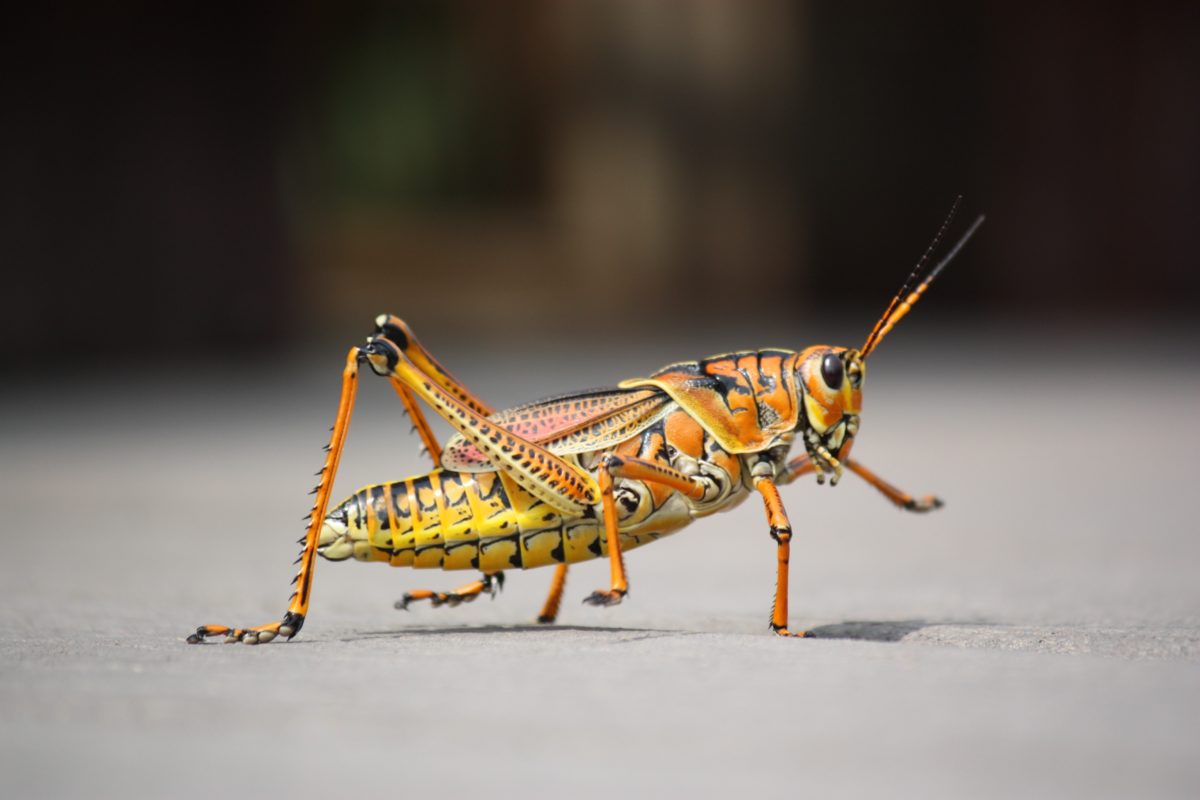When it comes to eating insects, New Zealanders like them crunchy and if given a choice would opt to eat a black field cricket before other creepy-crawlies, according to a new AgResearch report that explores the nation’s appetite for insects.
The Crown Research Institute surveyed 1300 New Zealanders to assess which native insects respondents would be most likely to consume to test the market potential for each insect as a product.
The survey found participants are more likely to eat – given the choice – black field cricket nymphs and locust nymphs, followed by mānuka beetle and then huhu beetle grubs.
Participants said they would least like to consume porina caterpillars and wax moth larvae, which suggests we are more open to eating “crunchier” insects, as opposed to the softer “squishier” insects, reinforcing that texture is an important factor influencing decisions to consume insects.
The survey (here) also found females are more neophobic (less willing to try new food) and less willing to eat insects, recording higher levels of “disgust factor” among females who also referenced food safety concerns and the lack of any nutritional benefit as other barriers.
Sixty percent of survey participants thought eating insects would be a more environmentally sustainable option that eating beef, lamb, pork and chicken produced from traditional New Zealand farms.
AgResearch is a leader in bioproduct research and insects are an excellent source of protein and healthy fats, with high levels of vitamins, minerals and essential amino acids. Despite this, in Western societies, insects are not seen as appropriate or appealing food.
AgResearch scientist Penny Payne, who led the survey component of the research, said:
“The reasons behind this are culturally and socially complex, but tend to orient around psychological barriers such as disgust toward insects as food, poor presentation of insects as an appealing food choice, and lack of familiarity. In particular, in most Western countries people may associate insects with connotations of pests and disease transmission, due to this being the most common way they are portrayed. However, insects can also be highly beneficial.
“The survey findings suggest that an insect product with clearly explained environmental and health benefits may be successful in the New Zealand market. However, the insect would benefit from being disguised in the form of a ground up powder to reduce the aversion to the texture of insects and the disgust factor.
Payne added some advice:
“Do not try to market insects as an alternative to meat; they are best marketed as a distinct category rather than an extension of the ‘meat’ category, to minimise expectations of similar sensory attributes (taste, appearance, smell) as meat.”
AgResearch’s Proteomics Scientist Jessica Gathercole said:
“New Zealand insects provide nutritional (and commercial) opportunities in addition to the nutritional value mentioned above. The Proteins and Metabolites Team based in Lincoln has capabilities in comparing peptides to known health promoting bioactive peptides. We found that these insects have bioactive peptides that can help to reduce heart disease and aid people with type 2 diabetes.
They also found that although survey respondents said wax moths were among the insects they would least like to eat, these and clover root weevils had no bitter tasting peptides. This suggests they may prove the best options for human consumption.
Key Data:
Participants reported being more likely to consume insects if they were processed into a powder and added into a food that is currently being consumed (such as cricket flour in bread) (Figure 10).
A total of 67.4% of participants responded that they would likely (32.1%) or were highly likely (35.3%) to consume insects in this way. The second most preferred option is frying the insects, to make them more palatable.
Over half (55.6%) of participants responded they would likely consume insects this way, with 17.3% from the sample responding with highly likely (Figure 10).
Chocolate or other sugar coatings did not increase perceived palatability compared with eating plain cooked insects.
Source: AgResearch












